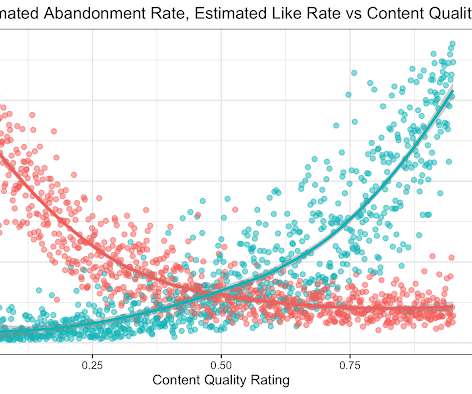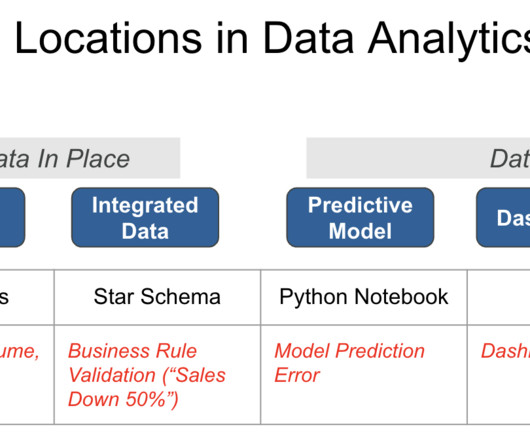You Can’t Regulate What You Don’t Understand
O'Reilly on Data
JUNE 15, 2023
If we want prosocial outcomes, we need to design and report on the metrics that explicitly aim for those outcomes and measure the extent to which they have been achieved. If every company had a different way of reporting its finances, it would be impossible to regulate them. There is no simple way to solve the alignment problem.
























Let's personalize your content